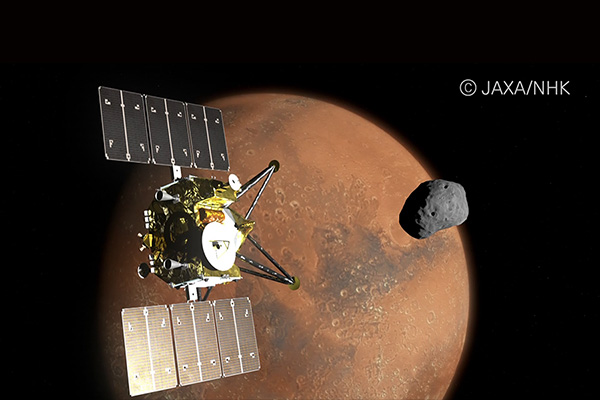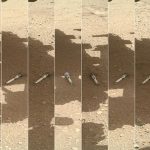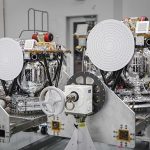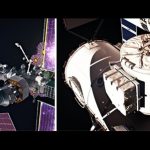NHK is developing the camera to visualise MMX's challenges in ultra-high-definition images and broadcast them widely with cooperation from JAXA.
The Japan Aerospace Exploration Agency (JAXA) and Japan Broadcasting Corporation (NHK) have decided to jointly develop a super hi-vision camera that is capable of filming 4K and 8K images in space for JAXA’s Martian Moons eXploration (MMX) mission.
This would be the first time in history that 8K ultra-high-definition images of Mars and its moons are taken in proximity. By combining the actual flight data of the MMX spacecraft and the images taken by the super hi-vision camera, the exploration of the MMX spacecraft around Mars and its moons (the Martian system), 300 million kilometres from the Earth, will be recreated.
JAXA is currently developing the MMX spacecraft which is scheduled to be launched in JFY 2024, with the aim of clarifying the origin of the Martian moons and the evolutionary process of the Martian system. MMX is a sample-return mission that aims to conduct scientific observations of the Martian moons, Phobos and Deimos, and of Mars, as well as land on Phobos to collect “sand” from its surface to return to Earth.
NHK is developing the super hi-vision camera in order to visualise MMX’s challenges in ultra-high-definition images and broadcast them widely, with cooperation from JAXA. Images taken at regular intervals are partially transmitted to Earth to create a smooth image. The original image data is planned to be stored in a recording device in MMX’s return capsule and brought back to Earth.
JAXA and NHK aim to visualise the actual behaviour of the spacecraft with the super hi-vision camera, providing a high level of reality by combining the 4K/8K images and MMX’s flight data. These can also be used for the operation of the spacecraft.

















































































